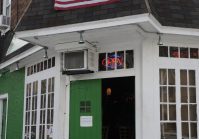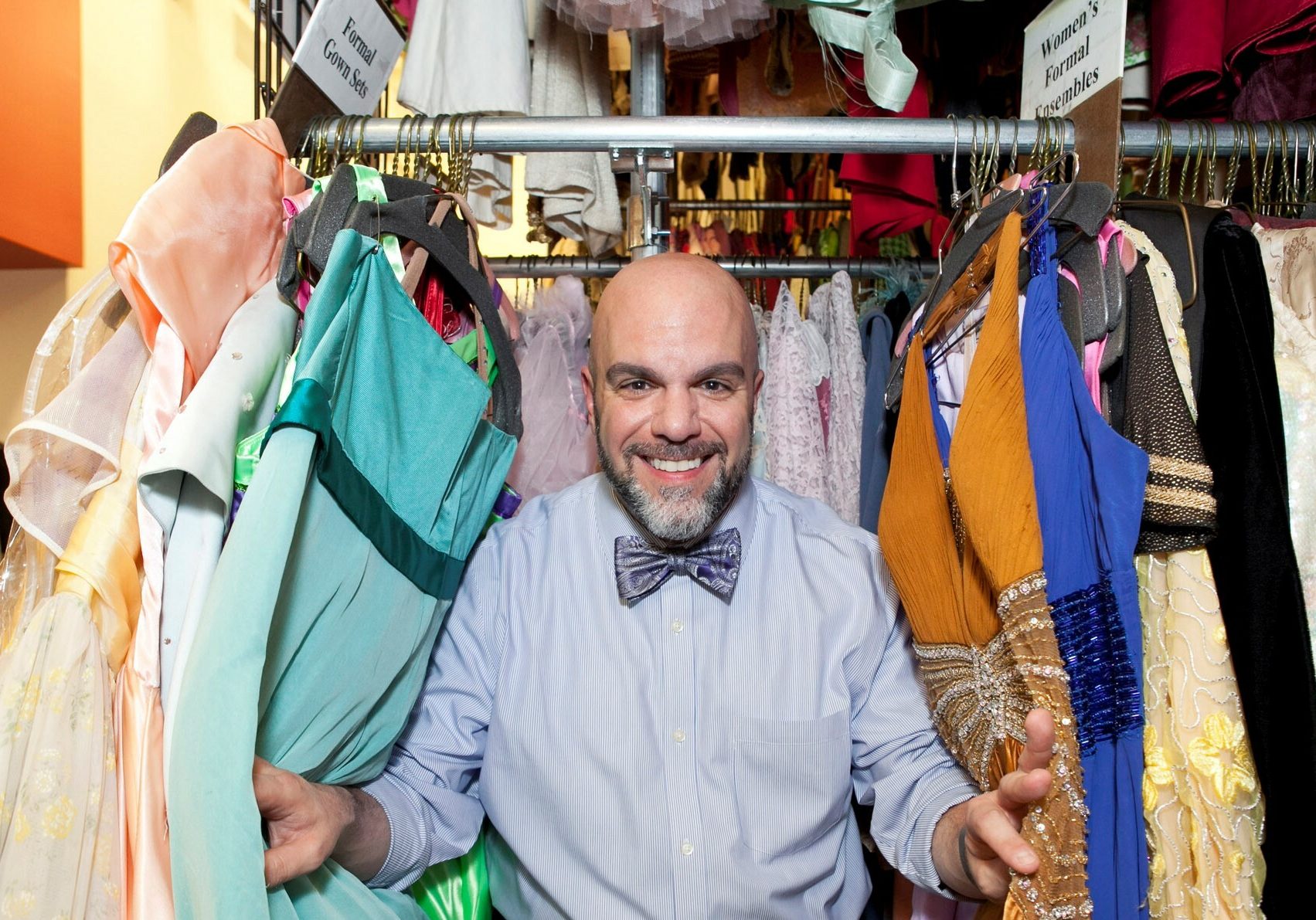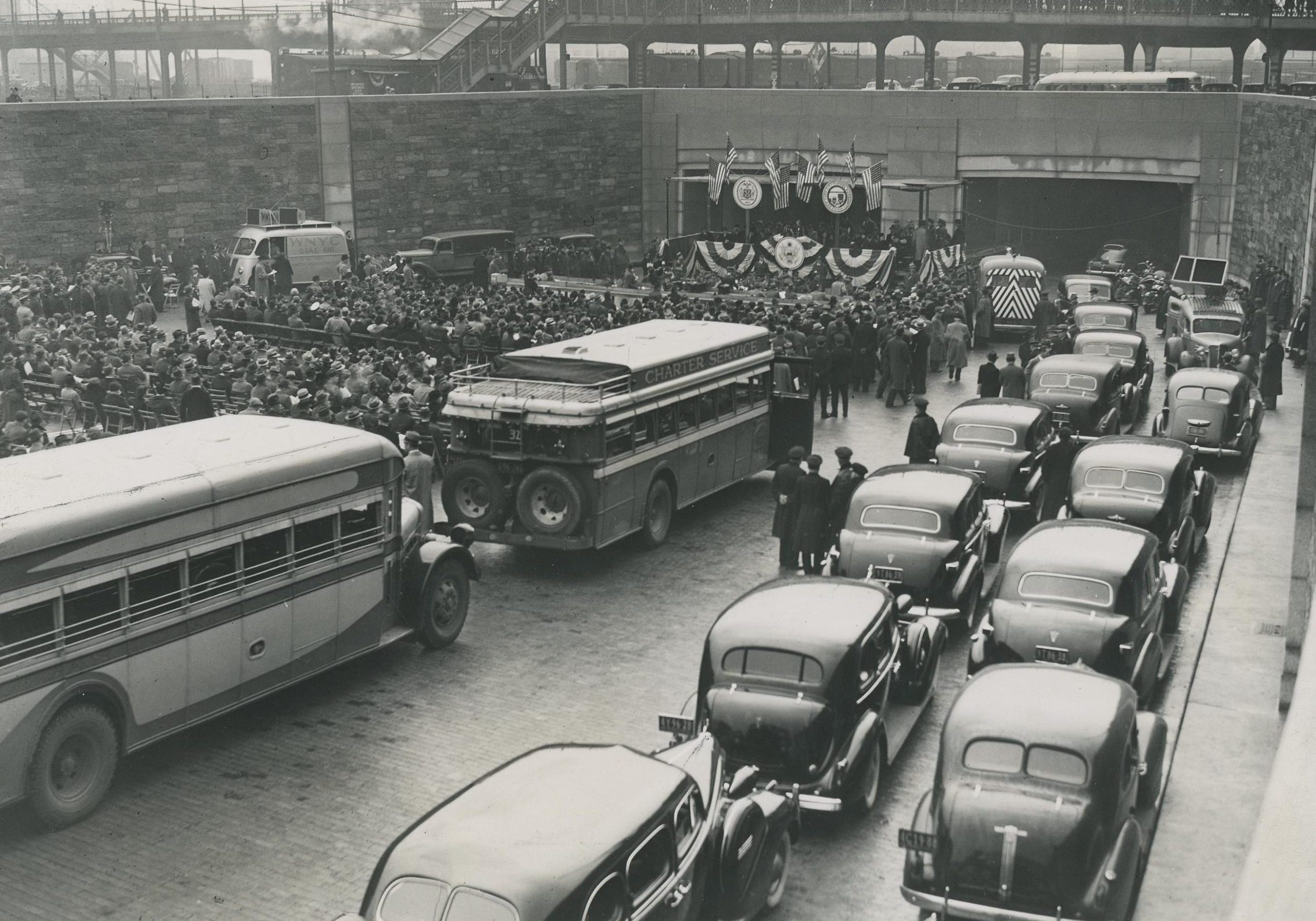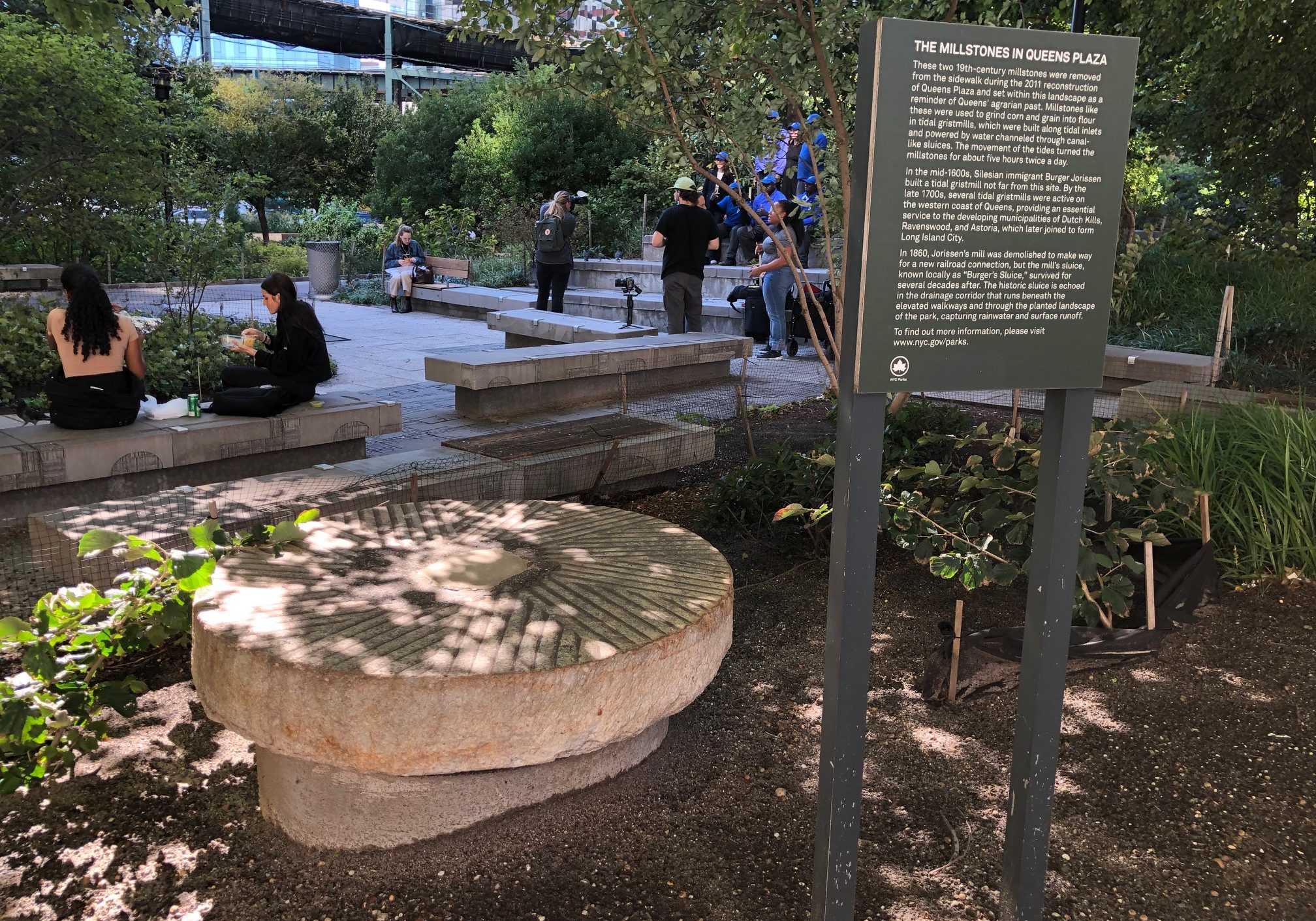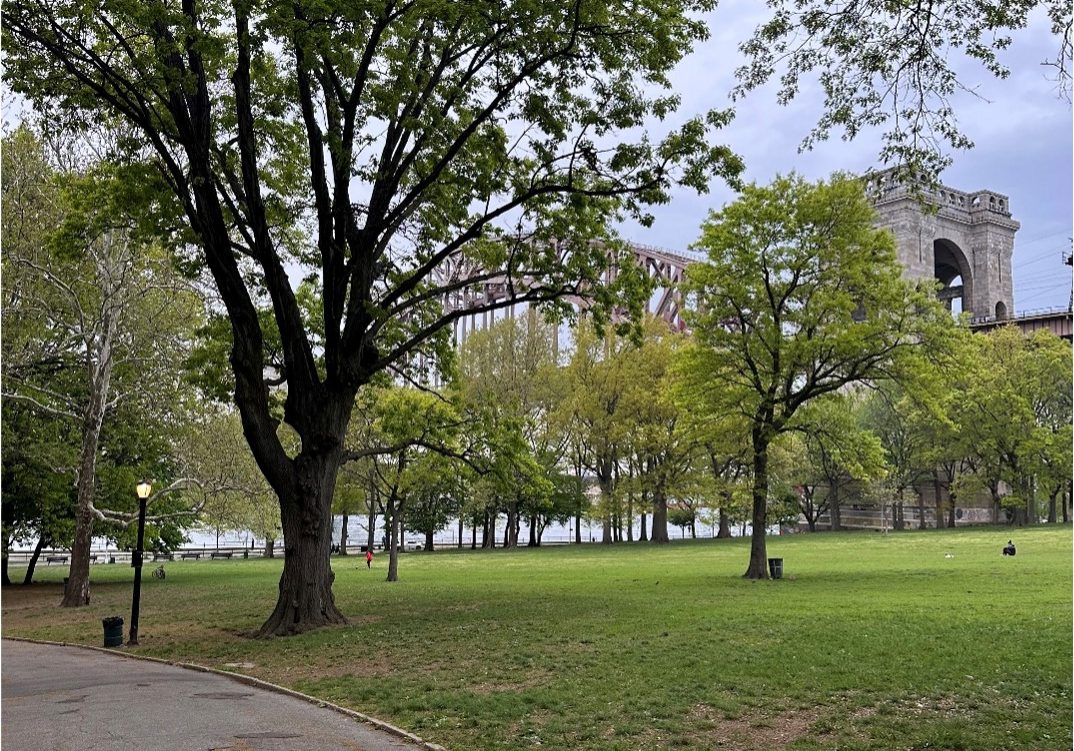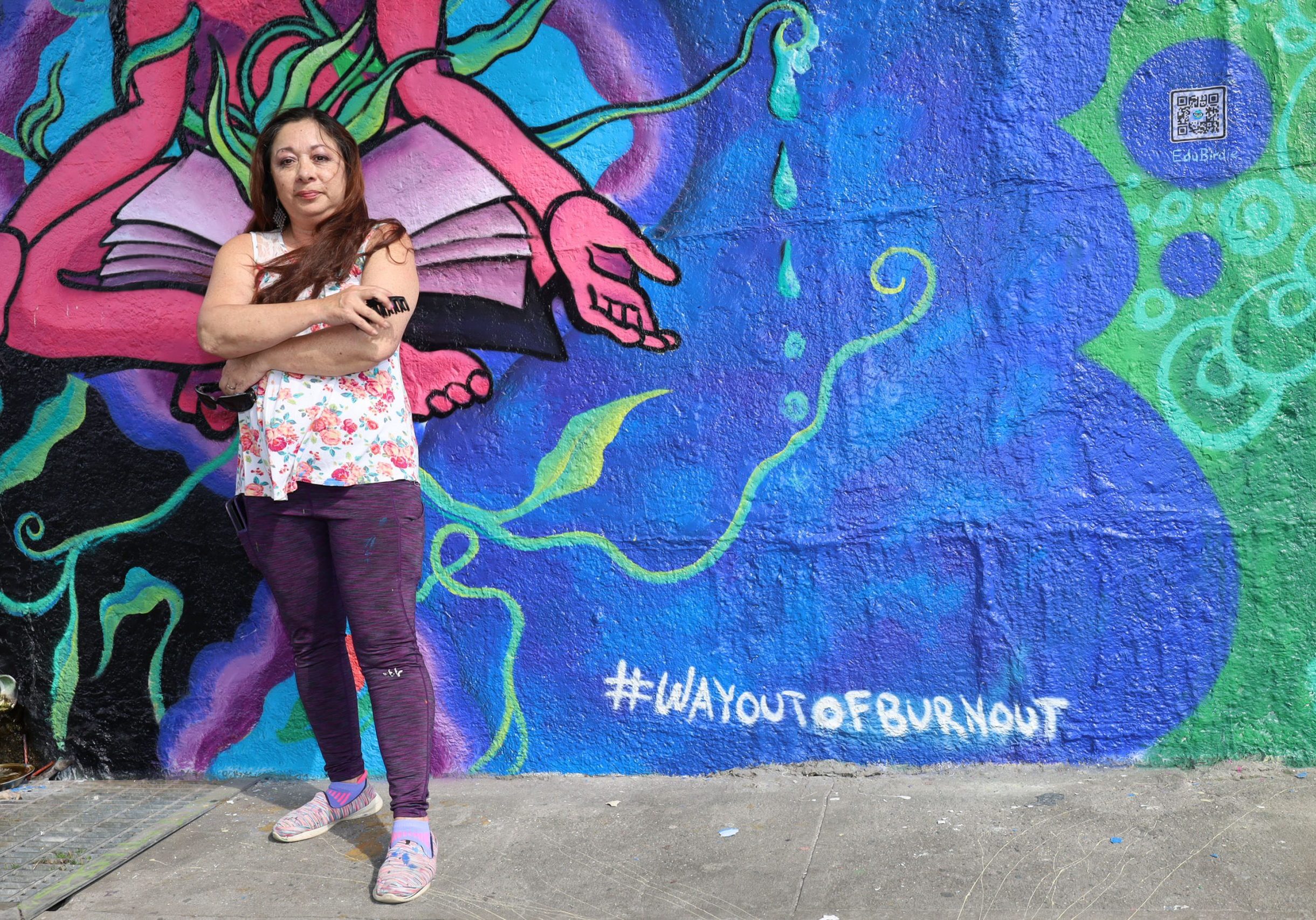The Westway Debate: A Symptom of NYC’s Homeless Crisis
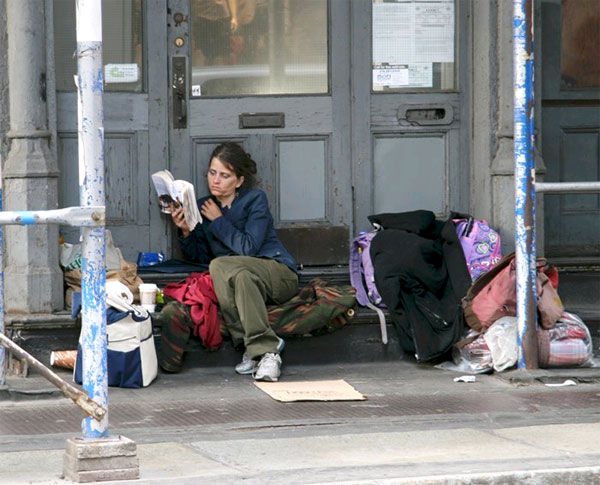
“Oh, they are trying to turn the Westway Motor Inn into a homeless shelter again and people are worried the residents will increase crime and lower property values. “
That annoyed me to no end and I found the insensitivity baffling. Homelessness has been an issue in this country for years and I have always believed that our society has a responsibility to address this issue. Didn’t many Americans face homelessness and, some, become homeless during the Great Recession several years ago? Are people insensitive because in Astoria the homeless are not as visible as some other parts of New York City? I thought the best way to channel my initial questioning and concerns was to do some online research. I was familiar with the location of the proposed shelter and had questions about its appropriateness for women and children.
The first surprise was the former director of the Department of Homeless Services, Seth Diamond, agreed in 2012 Westway was not a good location for a homeless shelter. Seth Diamond’s work at the Department of Homeless Services got the attention of the Obama administration to appoint him Director of Hurricane Sandy Recovery in 2013 before Mr. Diamond went on to be CEO of MetroPlus HealthPlan (see Sandy Recovery Official Leaving Key State Post). Has the present director of Homeless Services reviewed thoroughly his former director’s decision to not have a shelter at the Westway Motor Inn? If so, why has the Department of Homeless Services changed its mind?
The second surprise was learning how little financial support there now exists to get people permanently out of the shelter system. Since 2011 when then Mayor Bloomberg discontinued the Advantage program which provided rental subsidies to families just out of shelters, the Department of Homeless Services has had the onerous task to find shelter for a population that has escalated to over 54,000 people EVERY NIGHT, according to Coalition for the Homelessness’ “Basic Facts About Homelessness: New York City Data and Charts”. This is the equivalent to finding housing for the entire population of Hoboken, New Jersey.

Furthermore, federal government cutbacks in 2005 in subsidies to NYC for its Section 8 Housing demanded action – especially for communities like Astoria which has Queensbridge Houses, Astoria Houses, Ravenswood Houses, and Woodside Houses within or on its borders. The Bloomberg administration between 2005 -2011 developed rent subsidy programs to replace the loss of federal funds but failed to reduce the increases in homelessness. For some, Bloomberg’s subsidies were considered a modest success (especially for middle-income housing with such developments as Hunters Point South in Long Island City) while critics thought it well-intended but seriously flawed (read for example, Mayor Bloomberg’s Failed Homeless Policies Are Affecting Landlords Too).
After 2011, the last rent-subsidy program, Advantage, was discontinued and to date there is no rent-subsidy to support homeless families attainment of permanent, private housing. Access to affordable housing for these families becomes extremely challenging as rent-subsidized apartments disappear due to a 1997 change in guidelines that allows landlords to charge market rates once they reach $2,000. This limit from over 15 years ago has not been modified as rents have skyrocketed.
Mayor DiBlasio’s Affordable Housing of 2014 has sought to redress the shortcomings of past administrations’ housing policies and handling of the growing homeless population. The media’s reaction to DiBlasio’s plan has been positive from advocates for the homeless (read The New York Observer’s “What Does Di Blasio’s Affordable Housing Policy Mean for the Homeless?”) to real estate industry leaders (read The Real Deal’s “Real estate execs laud Di Blasio’s Affordable Housing Plan”). Some highlights of DiBlasio’s plan are:
- Replace the 80- 20 distribution of market rate and affordable units in new housing developments with 50% market rate, 30% middle income, 20 % low income with room for flexibility.
- Reestablish rent-subsidy programs that could improve upon the Bloomberg administrations’ ones
- Make homeless families a priority for Section 8 vouchers and NYCHA apartments
However, questions remain on how to fund the expansion of affordable housing with Section 8 housing scarce and the homeless population rise by 61% since 2002 (see “State of the Homeless 2013 Factsheet”).
So, consider that in 2014, a population roughly equivalent to Hoboken, New Jersey requires housing in NYC nightly. Some are families earning wages that likely cannot afford them a 1-bedroom apartment in NYC. There is little or no support given toward having these families rent an apartment of their own. Some need job training and a high school diploma to get employment above the minimum wage. Other families require counseling as they recover from abuse and/or addiction. Taken these needs into consideration, the average national cost of housing a family in a shelter at $3,000 a month is not as expensive as it seems. Consider what your rent would be if it included the monthly cost to complete a graduate degree or provide your children daycare when you and your partner work.
Why am I so passionate about this?
One reason is I know Queens will continue to be asked to have more homeless shelters since only Staten Island has fewer shelters than the other boroughs. According to the NYC Comptroller’s 2013 report Down and Out: How NYC Places Its Homeless Shelters pdf, Queens had 15 shelters in 2011 with about half in Jamaica/Hollis. On the border of LaGuardia Airport in East Elmhurst there are already two family shelters. The report clearly shows the distribution of homeless shelters is inequitable both citywide and within each borough – their placement needs to be re-evaluated and communities made more aware of how overwhelmed other communities are with these facilities.
I am pleased the Astoria community is questioning the appropriateness of Westway Motor Inn as a shelter for women and children. The Inn is located on a busy, wide roadway with few pedestrian-friendly street crossings. It overlooks the Grand Central Parkway and is less than a mile from the Con Ed and other power generating plants on 20th Ave which serve most of the city – all which increases air pollution. Although western Queen’s air quality has improved since 1990, according to Community Board 1’s Needs Statement of 2012 (see pp 18 here 2012 NYC Community Boards’ Needs pdf):
“Our District host the greatest number of power plants in the City, we have LaGuardia Airport, the Grand Central Parkway, the Brooklyn Queens Expressway and the Robert F. Kennedy and Queensborough/Koch bridges. Exhaust and air fuel fumes have contributed to our District’s reputation as one of the highest respiratory distress areas in New York City”
One is forced to asked, are there studies of the air quality of Westway’s immediate area? Children are particularly sensitive to air pollution and risk developing asthma in areas with high air pollution. Have NYC officials checked the asthma hospitalization rates for the area north of Astoria Blvd from the East River to the end of LaGuardia Airport? What plans are there to improve the safety of street crossings for the children expected to be sheltered?
As a volunteer, I have worked with homeless families and heard their frustration with the lack of lasting solutions to help them get out of their shelters. I have met quite a few families working and sending their kids to school and yet stuck in the homeless shelter. I recall one young child who loved music and listened attentively as I demonstrated music concepts. I spoke to the parents who said things were looking up: both were in jobs with potential for advancement, their kids were doing pretty well in school, and their shelter is in a revitalizing neighborhood. But you know what? After five years, they remain in the homeless shelter system and desperate for clean, affordable housing in an area with good schools and open spaces.
Christopher Sahar is a freelance writer and musician living in Astoria for 20 years.


